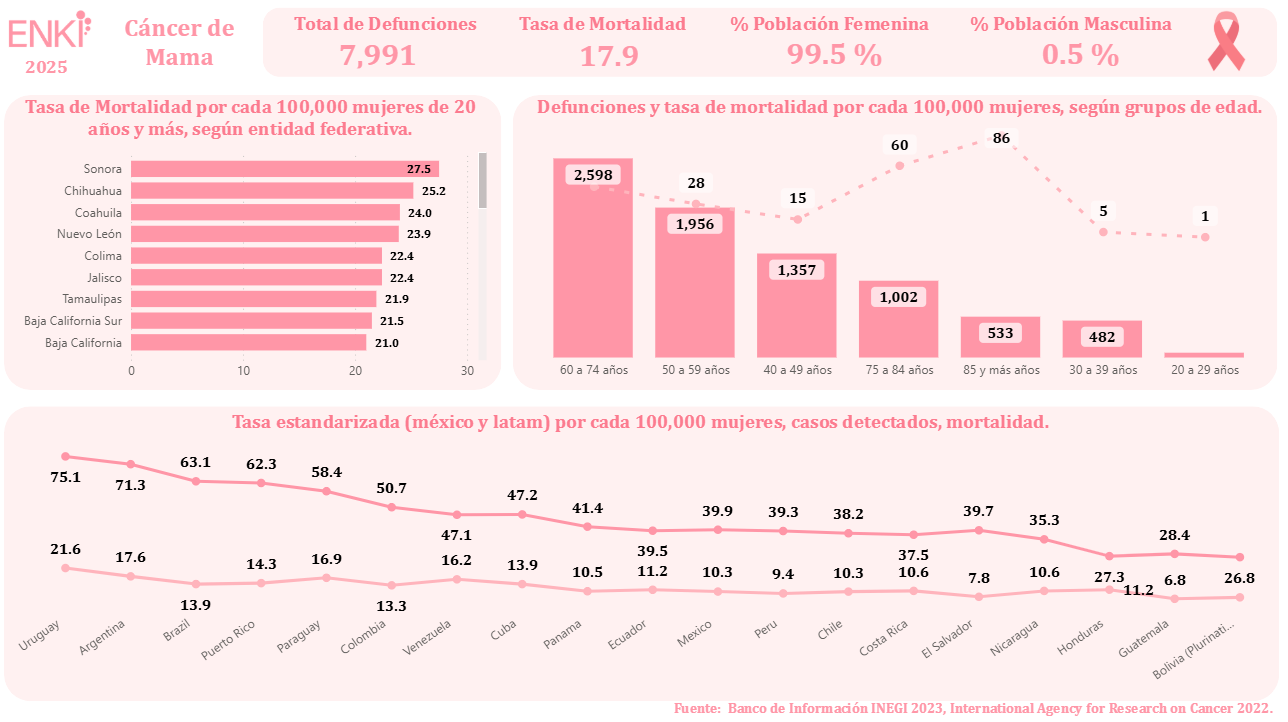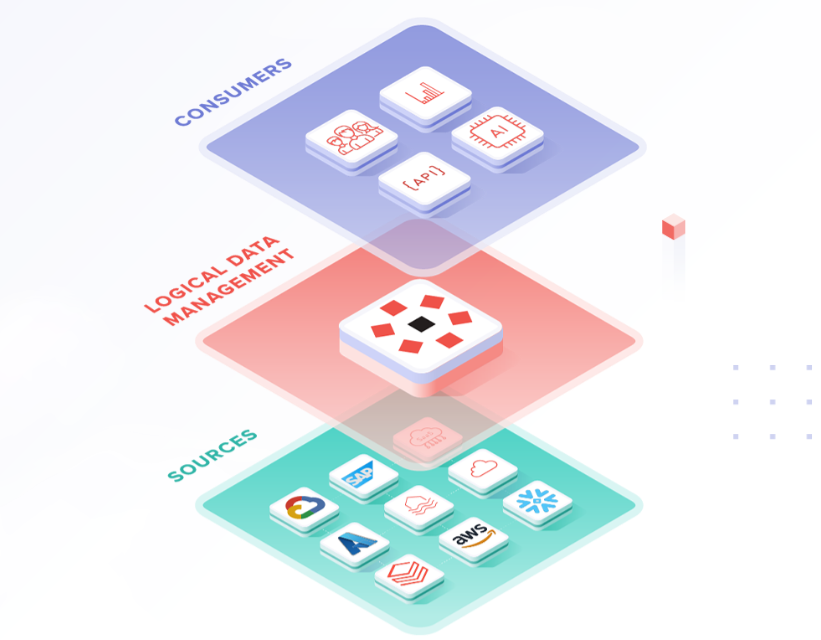Despite the impact that digital transformation has had on the retail sector, many still don't know the value of using technologies such as Big Data to streamline their processes. Let's remember that data is the raw material that is moving and making companies that know how to take full advantage of its value... Of course! This with the right data technologies, so in this article we show you how data in the retail sector is helping to make its value chain more efficient.
Data management in the retail sector represents several advantages, including: reducing the lack of stock of items; streamlining marketing and store operations workflows, and thus reducing operating expenses; optimizing price management and assortment promotions; and even the location of spaces, in addition to improving the user experience both in physical and online stores.
In addition to these advantages, it is important to delve into how data in the retail sector is more than beneficial:
Personalization and user experience
Data, data and more data are what customers leave us every time they are in contact with us, even if sometimes we don't realize how it happens. It can be with the mailings they receive from your store and the response they get, either with the returns they make of the products, through their social networks and how they interact with those of your brand, among others.
These are just a few examples, but if we set out to know all this data and do the correct analysis, we could make even more personalized mailings, as well as offer more specific products according to the profile of our consumers. This is without taking into account that we could also identify the times with the highest demand to promote products or temporary offers. In this way, we will be making a more personal user experience that translates into greater sales.
Price and promotion management
It is important to note that through data management tools we can analyze competitors' prices and adjust to improve ours. An example, we could anticipate trends in high seasons where prices fluctuate as in “The Good End” and adjust to prices in real time. In addition, we can make personalized promotions for specific products for your consumer and encourage them to buy with products that they have already seen and have not yet purchased.
Logistics
One of the biggest challenges in data management in the retail sector are those that lead to logistics. This, from the moment it happens to receive the products to be sold, such as the one that begins when they reach the final consumer. When applying a data strategy, some benefits are creating predictive analysis that will allow you to distinguish periods of high demand, and thus always have these products available, optimize delivery routes and monitor the supply chain, the latter two in real time.
We can conclude that data in the retail sector is changing the way we create strategies to improve the business and optimize operating expenses. By applying technologies such as Big Data and Business Intelligence or Machine Learning, you can take advantage of and obtain all the value of the data that your business generates every day.









































